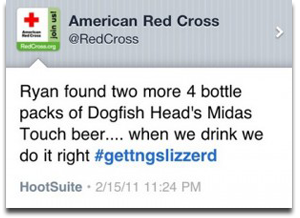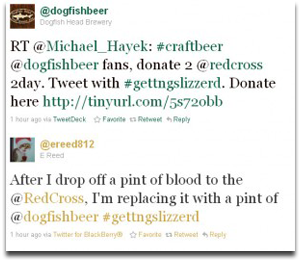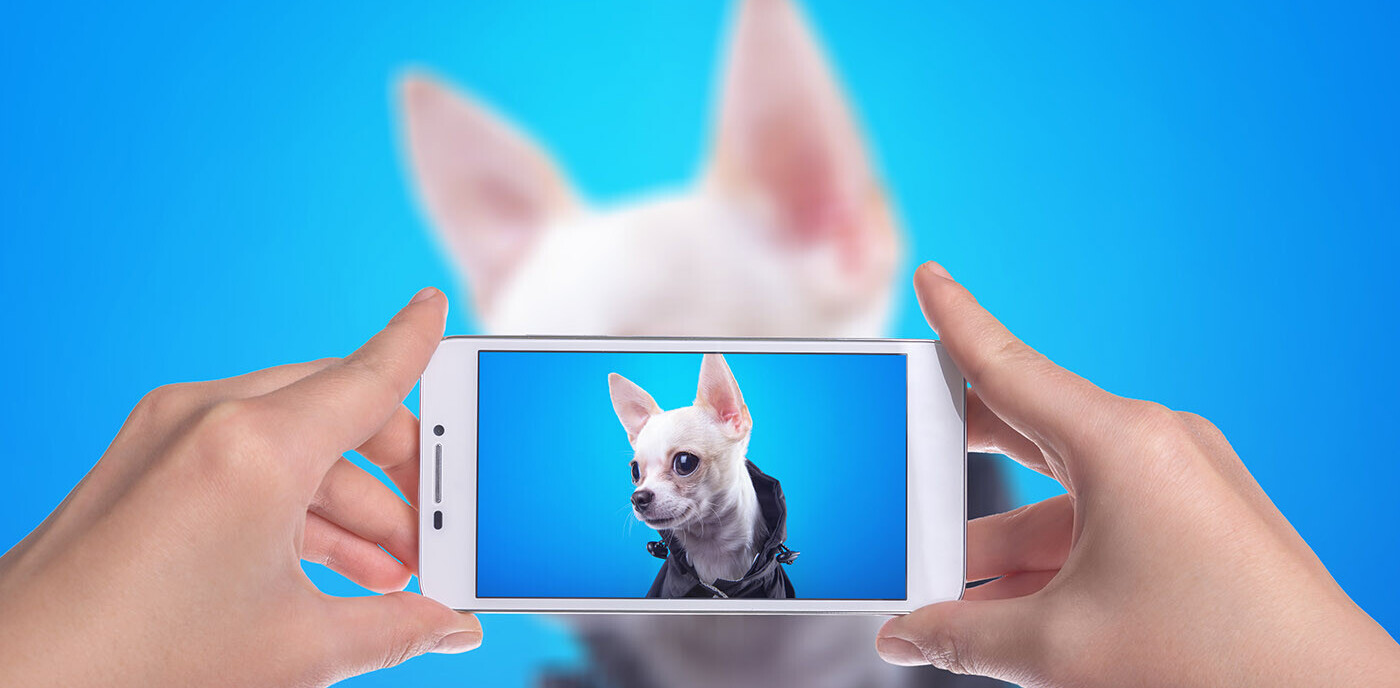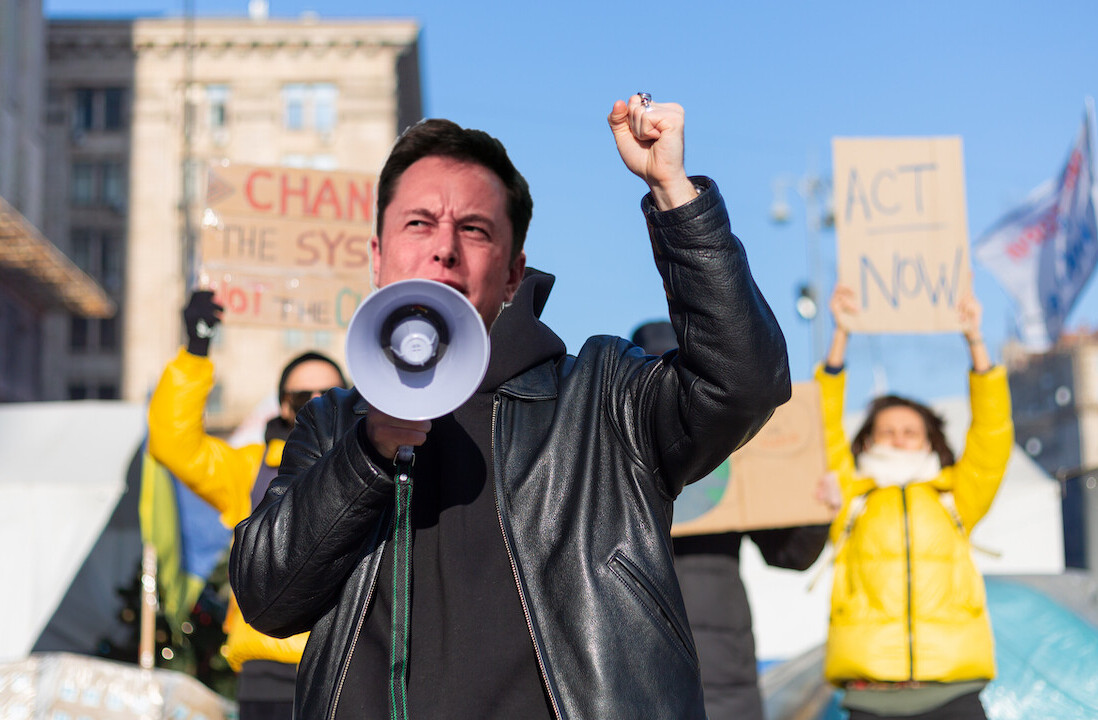
It’s 5pm, the end of the office day and you’re wrapping things up. A check of the email here, a glance at the personal, and then corporate Facebook pages there; all looks good. Before closing things down, you’ll send out a tweet. Something akin to “Frak…what a day. Got a lot done, but seriously looking forward to this weekend’s boozefest.” Click, send, done. All’s fine and dandy until you realize that the Tweetdeck account wasn’t set to your personal account, but rather from the company/client’s. Ouch.
And then there’s that moment of a simple Q&A on Facebook that at the time of creation sounded perfectly benign, but once put in the hands of readers, could, and is, being interpreted in the wrong way (See Nikon’s recent flub). Sound familiar? If you’re working at breakneck speed you’ve made a few of these mistakes already. It’s not a question of executing flawless social media behavior; it’s how you deal with these moments of “Oh Crap!” that separates the wheat from the chaff.
Check before you click

The examples above are just scratching the surface of what can be considered a social media faux pas, but also keep in mind that each industry, size of business, and target market can all have their own morays when it comes to social media. A quip used by an adventure lifestyle brand might not be the most appropriate when used by a healthcare provider for example.
Before we dig into how to fix a social media mistake, it should go without saying; be smart and try to avoid them in the first place. Based on the quick-fire nature of the tool itself, chances are your, “D’oh!” moment will happen via Twitter. Whether it’s TweetDeck, HootSuite, or any other multiple Twitter account-handling client, always double check to see which account that tweet it going out from.
While I don’t personally follow this method, I have seen other social media professionals utilize two or three individual Twitter clients, each one dedicated to a specific account, thereby practically eliminating the chances of “Oops” tweeting.
Speed Kills

The song Julius by Phish features the lyrics, “…a week is a month and an hour a day,” and couldn’t be more appropriate to describe the social media landscape. If you’ve just posted that “let’s get hammered this weekend!” tweet from your corporate account, the faster you delete it, the faster you’re going to minimize the damage. If you’re using a Twitter client, deleting a tweet from the client can have mixed results. If you catch it in time (generally before the next API call) you can nix the tweet. If not, it’s time to head over to the web interface and delete the tweet.
Based on the size of your following, how active and engaged they are, and the magnitude of the mistake, there may be times when no one may have noticed, or quite frankly, cared about the tweet. If it’s serious enough to warrant a worry, your followers will let you know pronto.
Listen Up

Even after you’ve deleted the offending tweet or questionable Facebook posting, there’s still a healthy dose of follow-up work to be done. What you consider to be a WTF? moment might be nothing more than a random blip to your followers. In this case, let sleeping dogs lie, but continue to keep a close eye on RT’s and responses.
If on the other hand the content was enough to garner some attention, it’s time to start formulating you response. Speed is important in this business, but so is giving ‘em what they want. Before firing off a response, have a listen to what your fans and followers are saying. Did some of them agree with the comment? Are others outraged? If the feedback is weighing to one side or another, you’re better equipped to respond in a manner that will sooth the majority of your fans.
Additionally, if you just stirred the pot and have a 50/50 split of opinions, there may just be some hidden opportunity here that could deserve further attention down the road.
In the light

One of the key tenets of social media is to humanize a brand or company. By definition, humans make mistakes. If you or your organization has never made a social media mistake, you’re doing it wrong.
Since we’re all in the same boat here, don’t make the mistake any worse by trying to cover it up. If you’ve dropped the ball, offended, or simply tweeted from the wrong account, step into the light and take ownership of the mistake. You can delete, delete, and delete all you want, but with so many connected people and devices around the world today, some remnants are bound to stick around.
The trick here is to let your fans know that you’ve stepped on a land mine and are doing your very best to fix it. Nine times out of ten, if you simply admit the mistake, fix it, and let your fans know about it – it’s a simple matter of mea culpa that is easily forgiven and forgotten.
Make Lemonade

When making a social media mistake, the first cliché that should come to mind is, “When life gives you lemons, make lemonade.” While this will vary for each and every unique situation, if your mistake was enough to garner the attention of your audience, what can you learn from it?
The hallmark example of turning sour citrus into a tasty beverage comes from the American Red Cross’ “gettngslizzerd” faux-pas.

Quickly realizing her mistake, @RedCross Twitterer Gloria Huang @riaglo deleted the tweet, and then followed up with a humorous yet heartfelt apology.

Gloria also took to her personal Twitter account to explain the situation. This alone would have been enough to placate most individuals, but when @dogfishbeer jumped on board and spun the “gettngslizzerd” into a meme via a hashtag, the honest mistake was transformed into a donation opportunity.

Not always recommended, but this is a prime example of turning a simple mistake into a golden moment. Remember, we’re all humans here. Mistakes can and do happen. Make the best of them!
Keep on truckin’

Last but certainly not least, don’t dwell on the mistake. Sure, it cuts to the bone when you’re the one that did it, or oversee those that did, but ask yourself; can you honestly remember a tweet that a favorite brand sent out last week? Me neither. Sure, we can all go back and check the archive, but even if they did send out an offensive remark, it’s gone, they’ve apologized and made it right. Game over.
If handled appropriately, 99.44% of your fans/followers aren’t going to beat you up half as much as you’ve already done. They’re there to hear about what’s going on within your organization, and what’s coming up. Not what happened last week. Depending on the severity of the situation, you might want to issue one more apology perhaps a day or two later, but wrap it inside other relevant news.
Overall, it’s important to keep in mind that mistakes can and will happen. Social media is a lightning fast arena, and certainly not for the faint of heart. With multiple channels, devices, clients, and voices to monitor, even your hardest of hardcore professionals can make a mistake once in a while. But if humanizing a company or brand is what we’re after, don’t we have to take the good with the bad?
Got a social media mistake of your own? How did you handle it? Was there any lemonade made?
Get the TNW newsletter
Get the most important tech news in your inbox each week.





